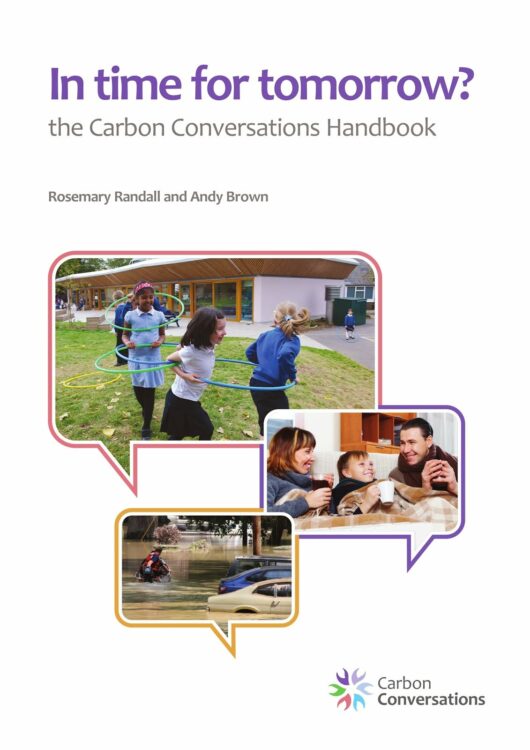Electricity usage has been falling in the UK since 2002. Meanwhile, the grid has been getting cleaner by the year.
Wind, solar and hydro made up 27.5% of the UKs energy mix in 2020.
Go back 10 years to 2010 and that figure was only 6%.
You can take a deeper dive into the data by exploring the UK Electric Insights – provided by Drax.
The Dumbest Experiment in Human History
We’re using less energy and burning fewer fossil fuels, which is definitely a good thing! Every kilowatt-hour (kWh) of clean, renewable energy generated is a step in the right direction and a step away from what Elon Musk coined “the dumbest experiment in human history“.
Even today, we still burn a lot of fossil fuels and other carbon emitters. Given climate change is now more pressing than ever, the drive for efficiency has never been more important.
So the scene is set: every kWh of consumption we can avoid is positive for the planet.
Energy Labels
From March 2021, you’ll start to see changes to appliance energy efficiency rating labels in the UK – and also across Europe. The old label will be phased out, being replaced with a new simpler one, aiming to promote higher standards of efficiency.
Each appliance type has its own label with additional info. For example, the TV label includes screen size, and the energy consumption of HDR mode. The label for fridges has a decibel rating (so you can compare noise levels) as well as the storage capacity.
The most noticeable difference is in the efficiency ratings. These have been simplified to an A to G scale. Before the range was A+++ to G-, which added complexity – especially as not all the labels were displayed on the chart!
The new A to G label also has significantly stricter criteria – as it should if we’re to achieve our climate targets!
With every year, technology develops and efficiency improves – appliances need less power to do the same thing. As such we need to hold appliances to a higher standard. It’s worth remembering, this isn’t only good for the planet, it’s also good for your pocket. Buying a more efficient device which uses less energy will also save you money on energy bills!
If you bought a fridge in 2019 with an A+++ rating, that’d now be rated a B or C in the 2021 label.
If everyone stopped buying G rated products, manufacturers would stop making them. If more people buy A rated product, manufactures will put more research and development into making their products even more efficient – maybe forcing another label change! 😂
Reduce, Reuse, Repair, Repurpose, Recycle, Replace
You can help by knowing and using your “Rs”!
- Reduce usage where you can – turn off the TV instead of leaving it in standby mode
- Reuse your existing fridge, TV or washing machine – if you don’t need a new one, don’t buy one!
- Repair what you’ve got before looking for something new
- Recycle or Repurpose the appliance you have so it can have a second life – upcycle where you can
- Replace it with an energy efficient one – and only if you can’t do the other “Rs”
So next time you need a new appliance, check the “Rs” to see if you really do need a new one, and if you do, look out for the new energy efficiency label and use it to help you pick the most efficient one 🙂



